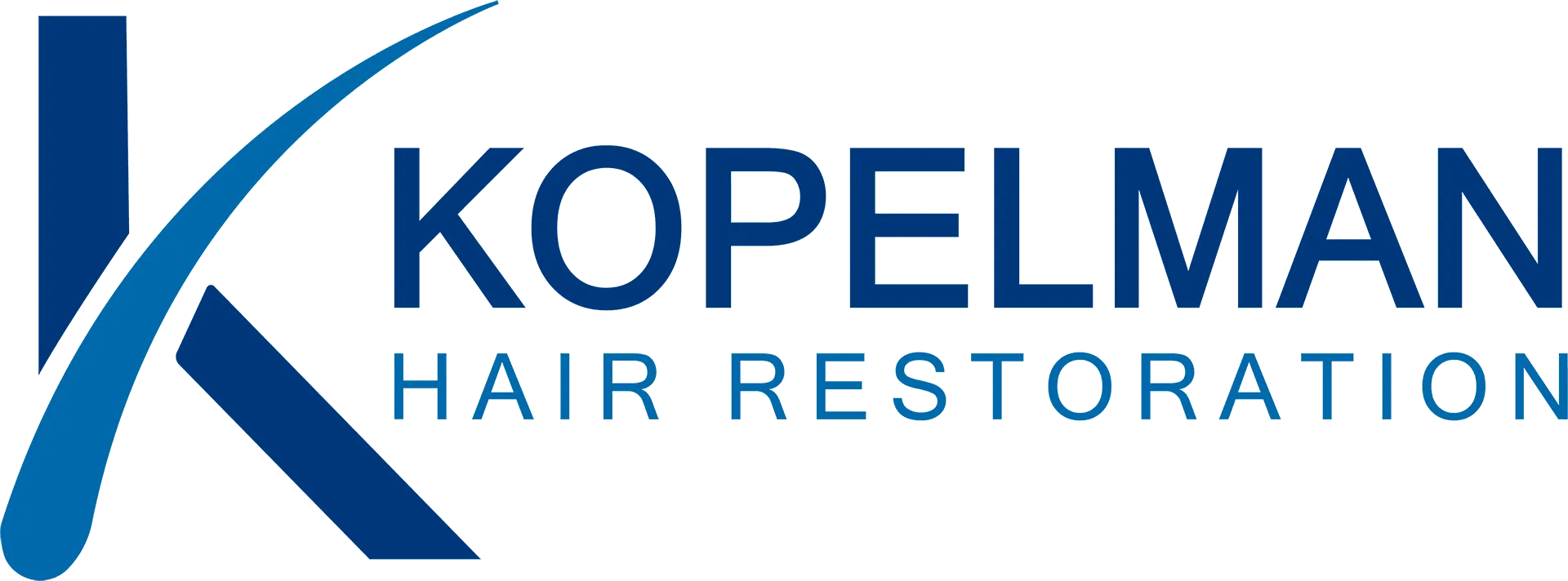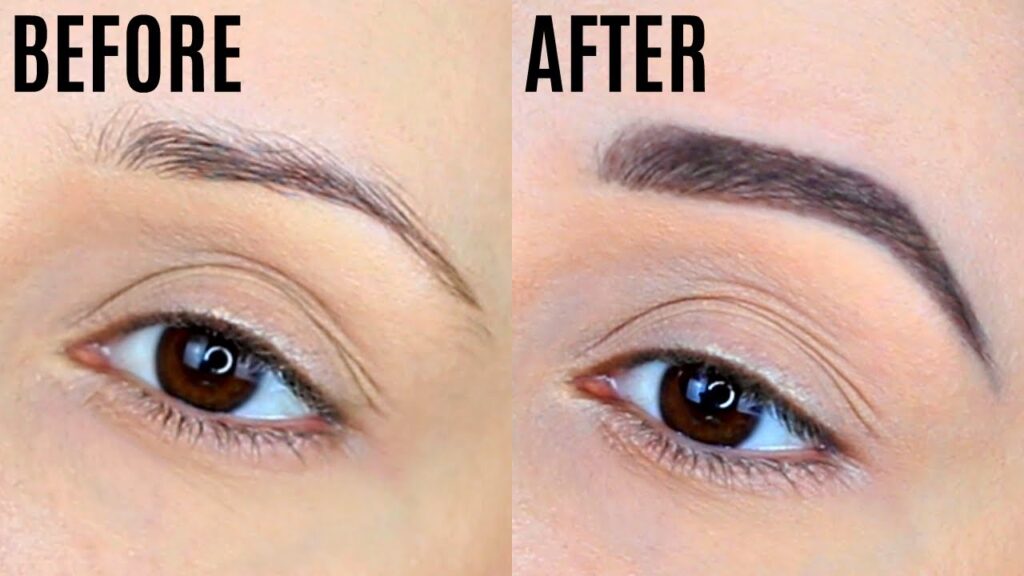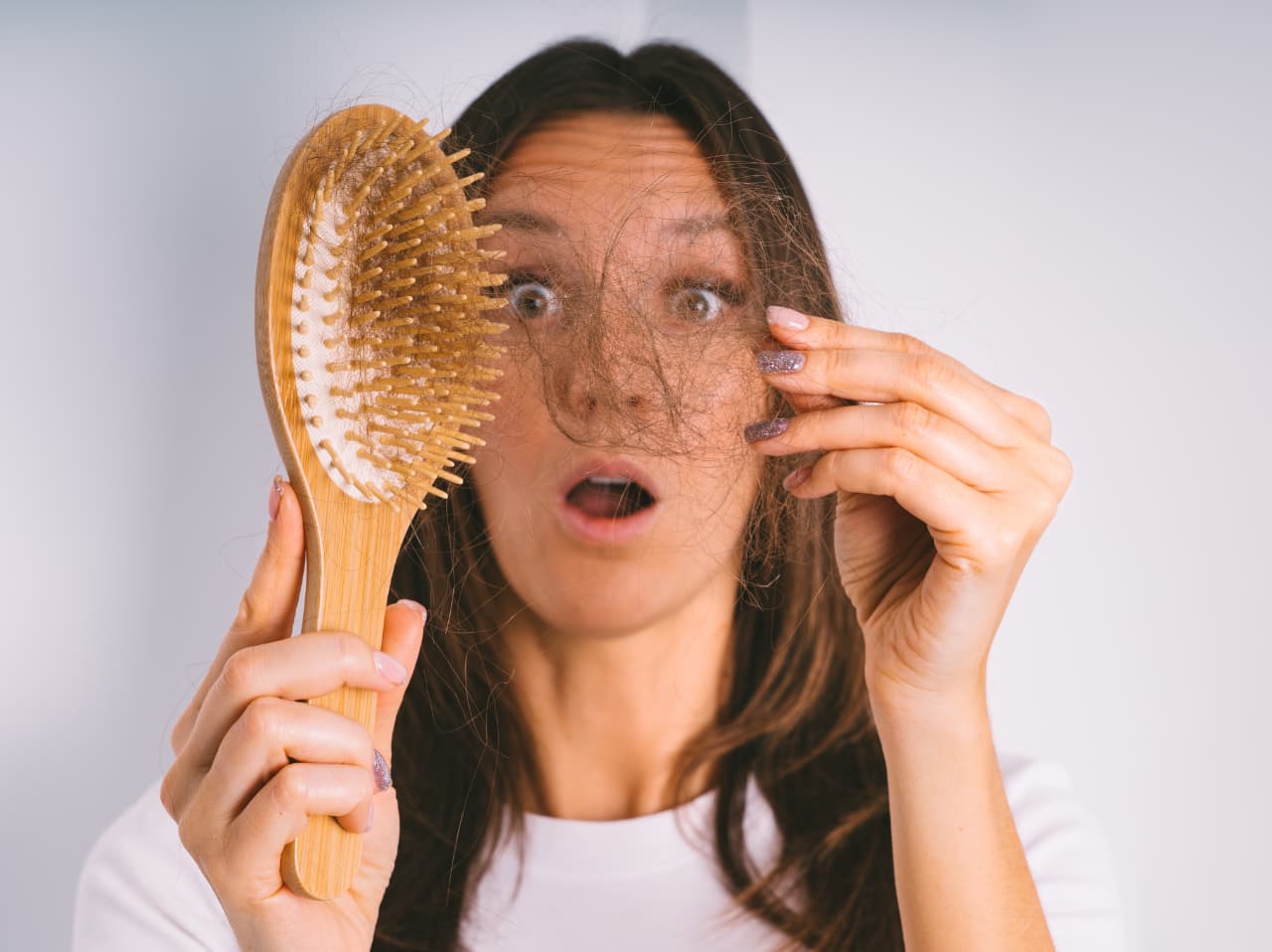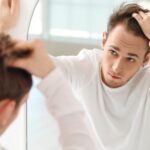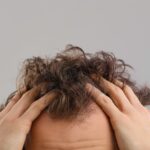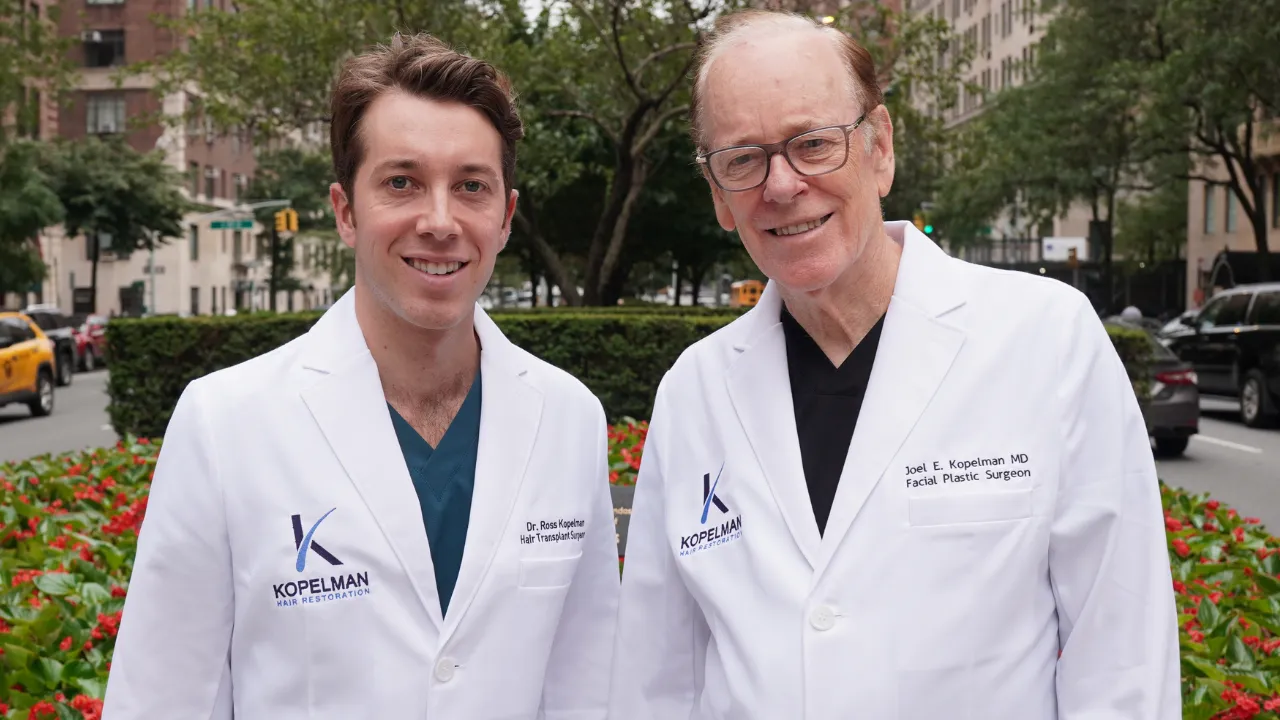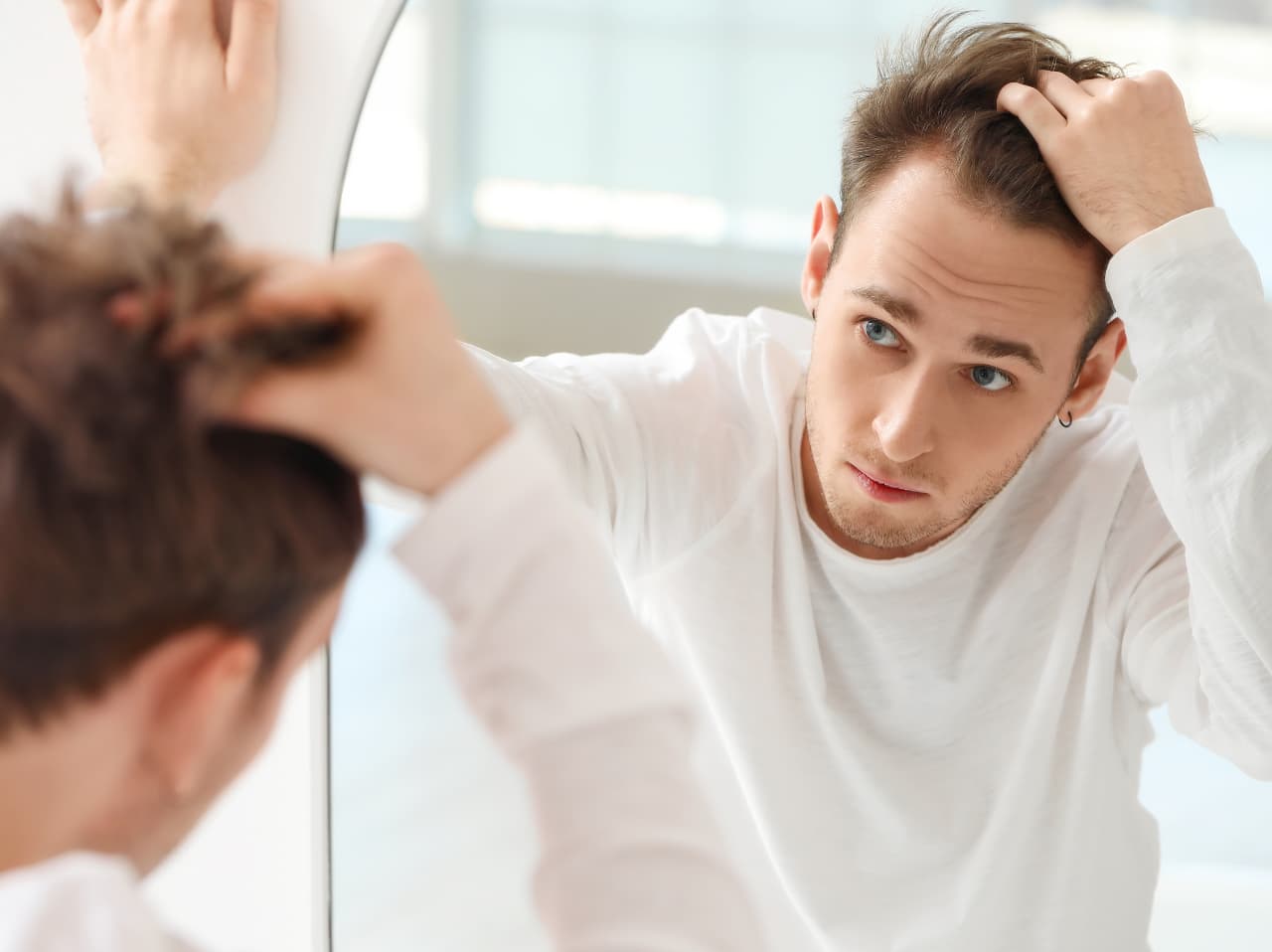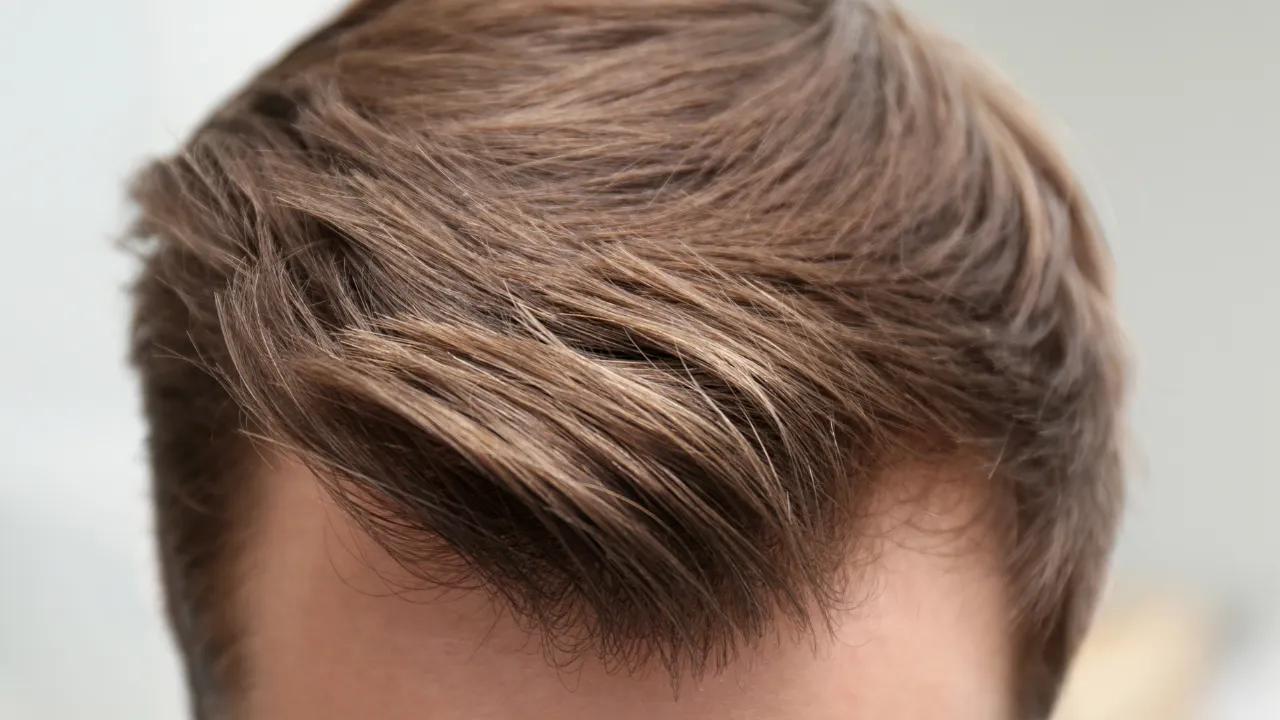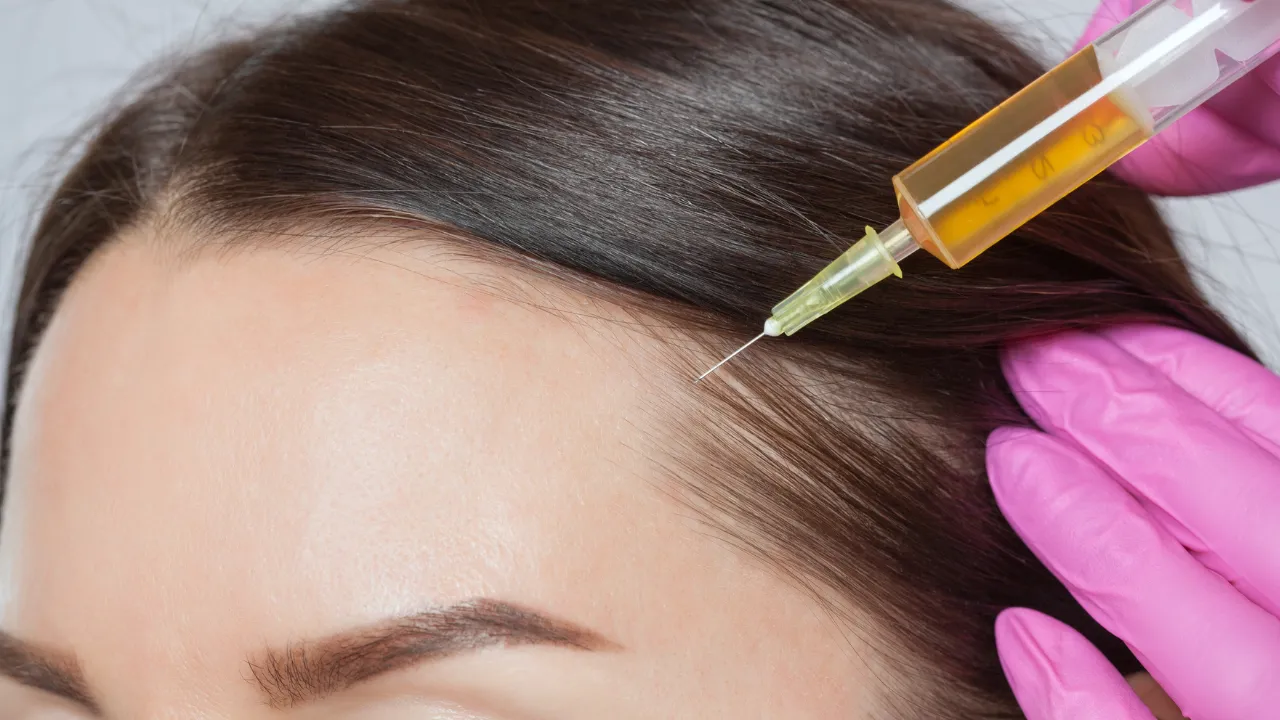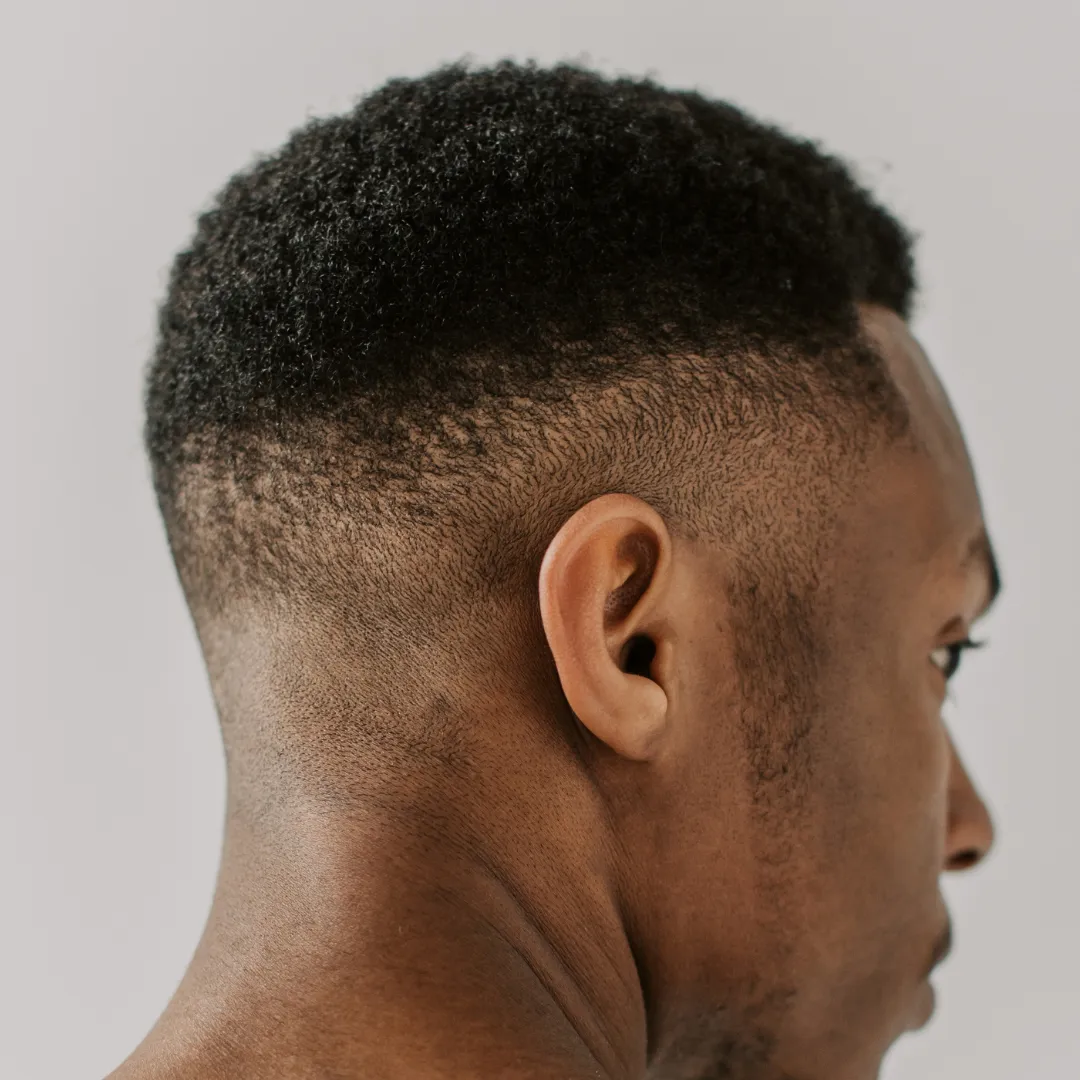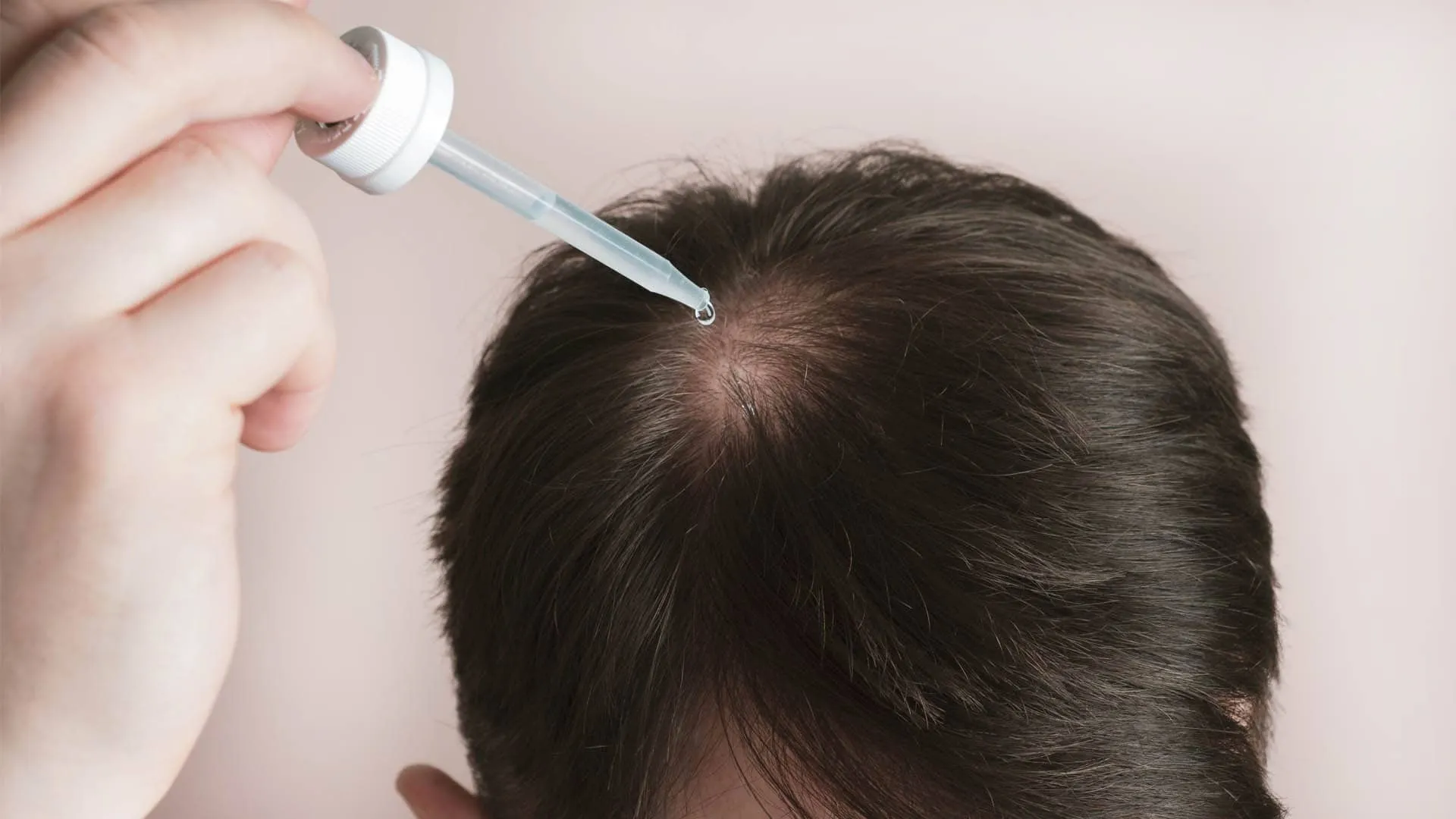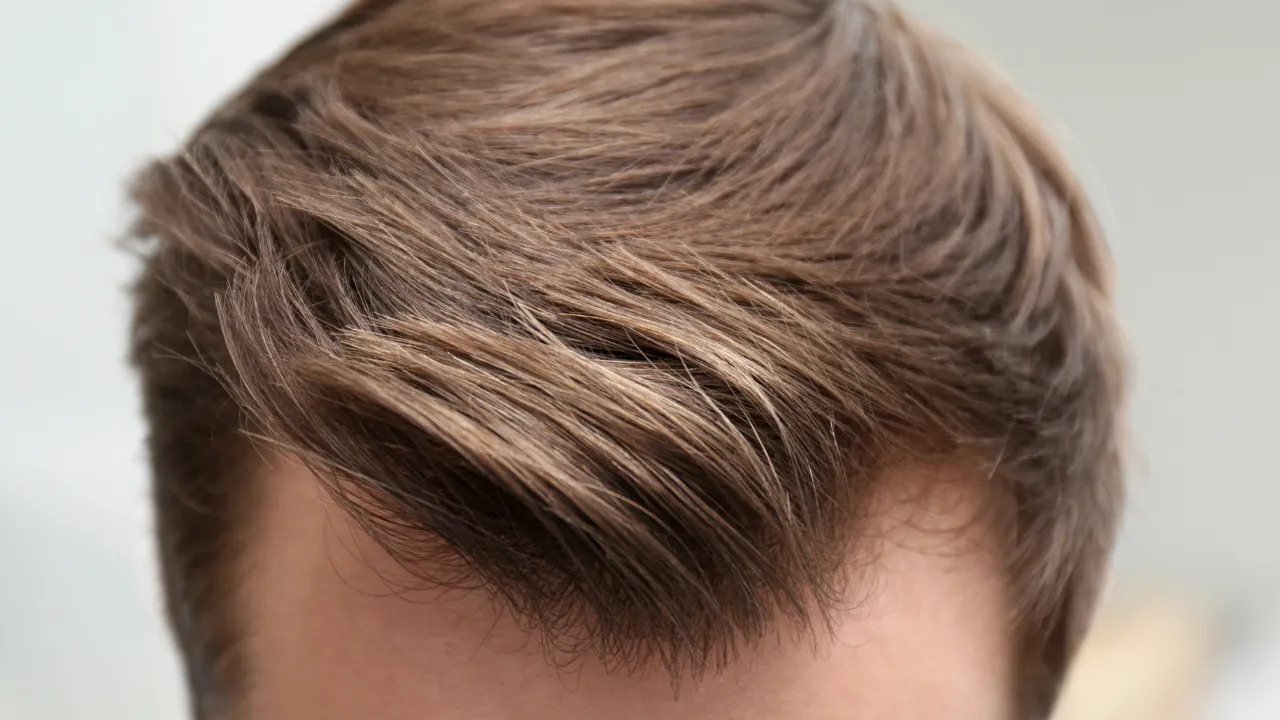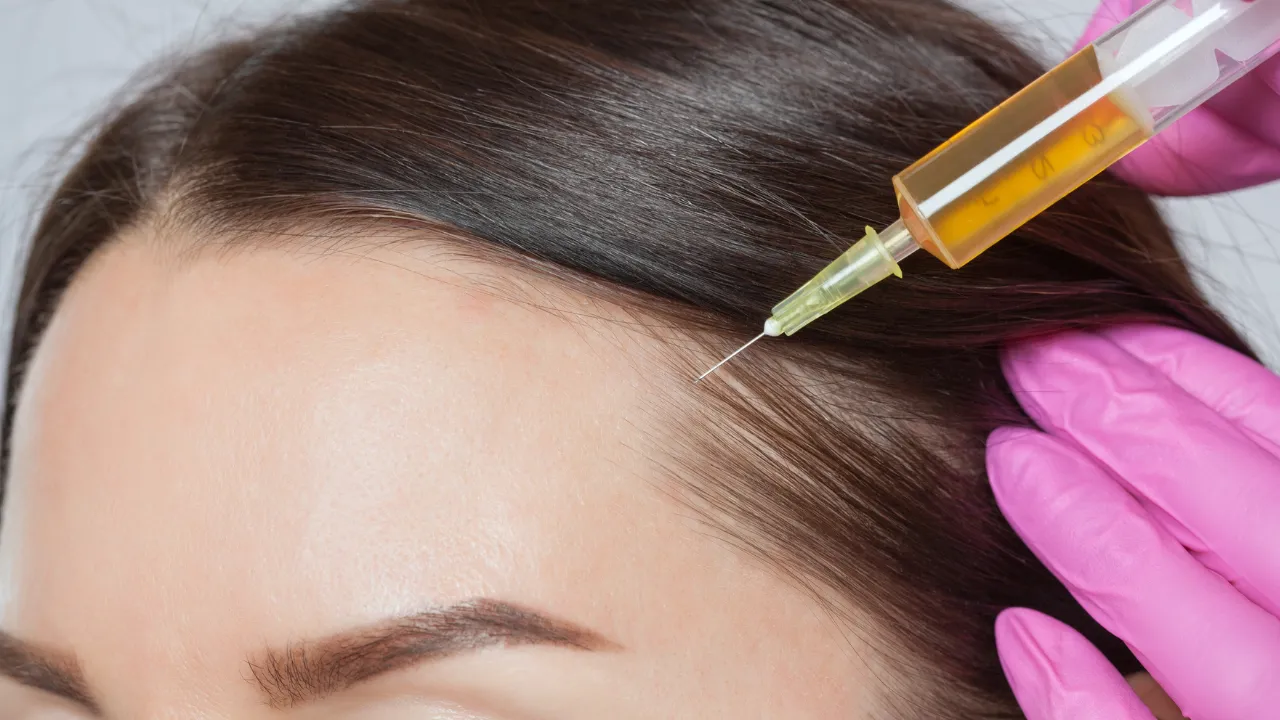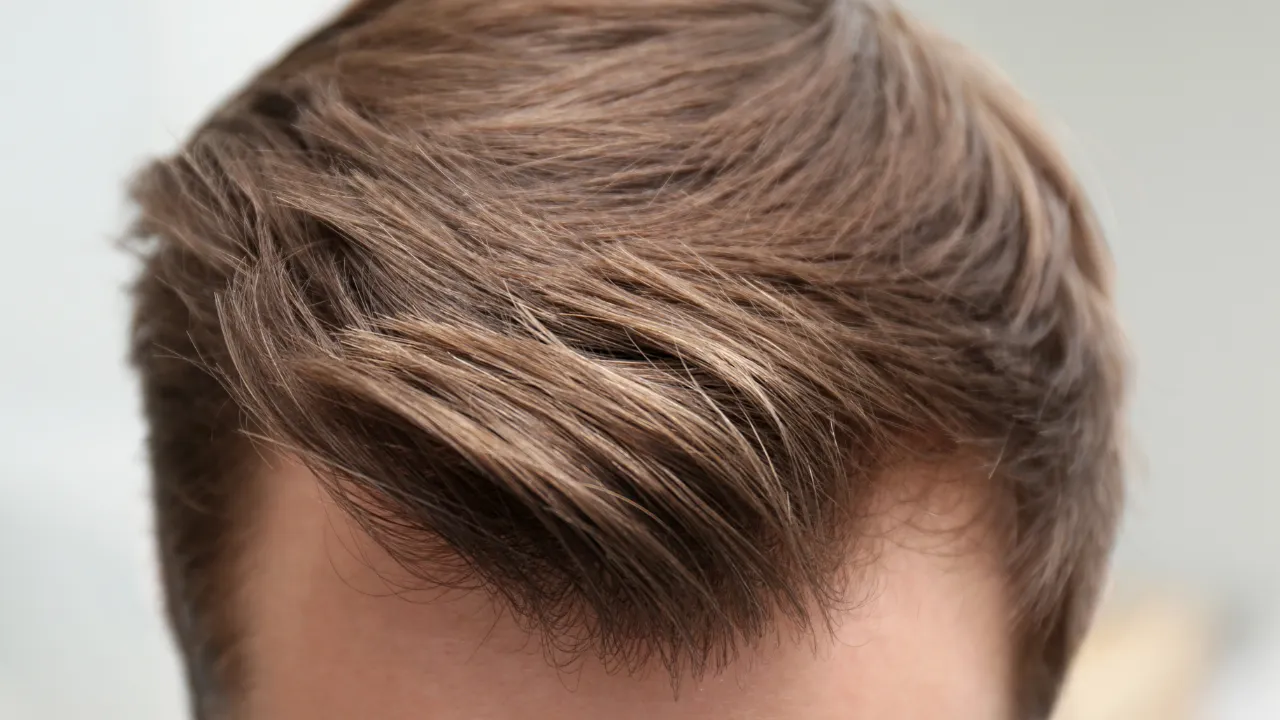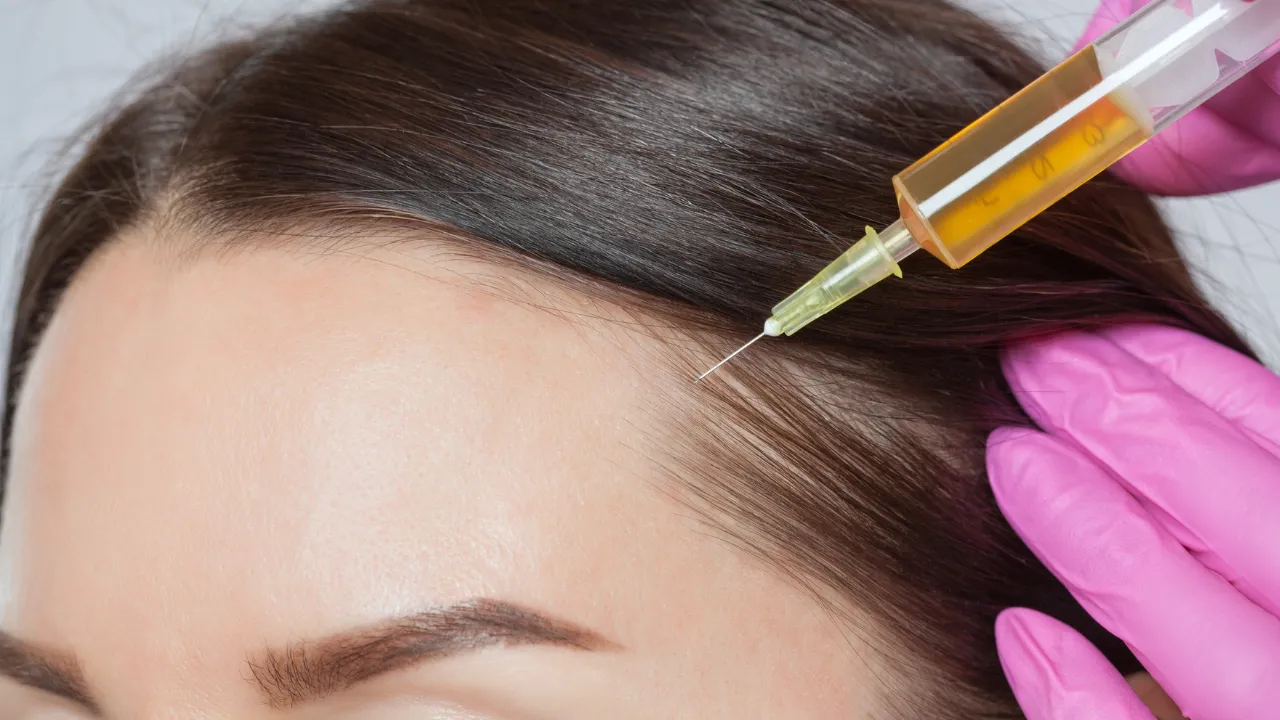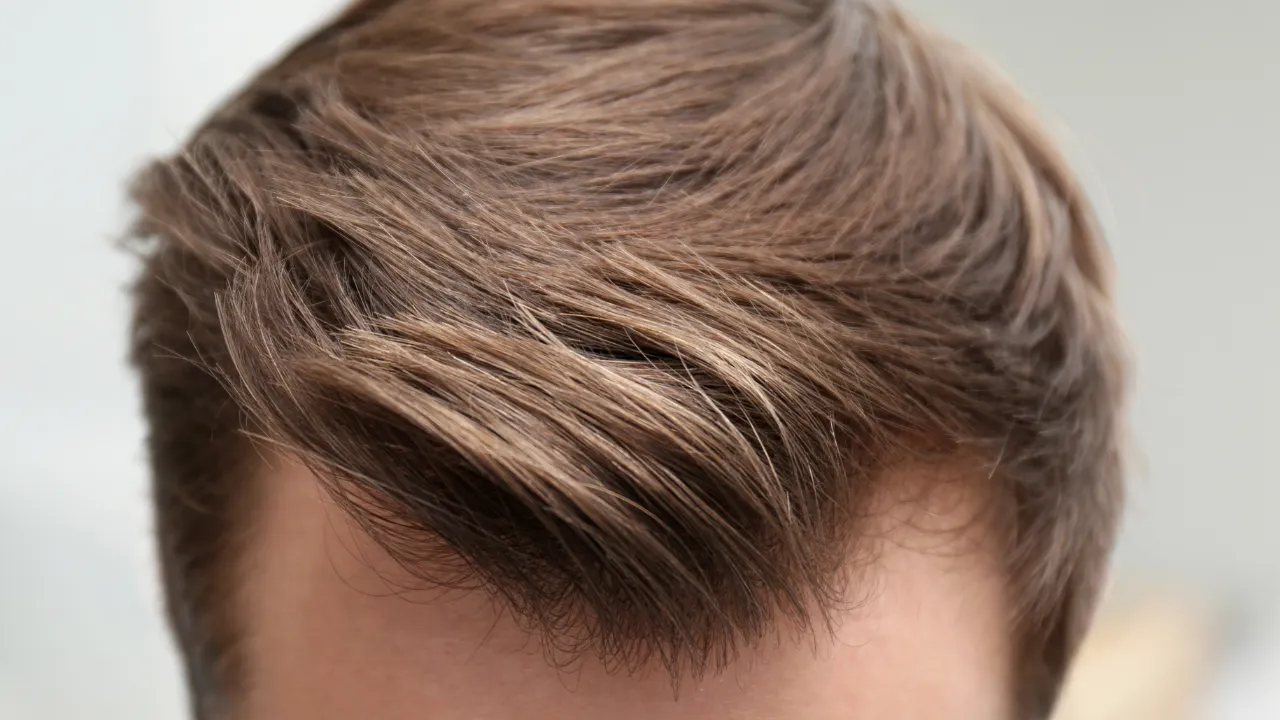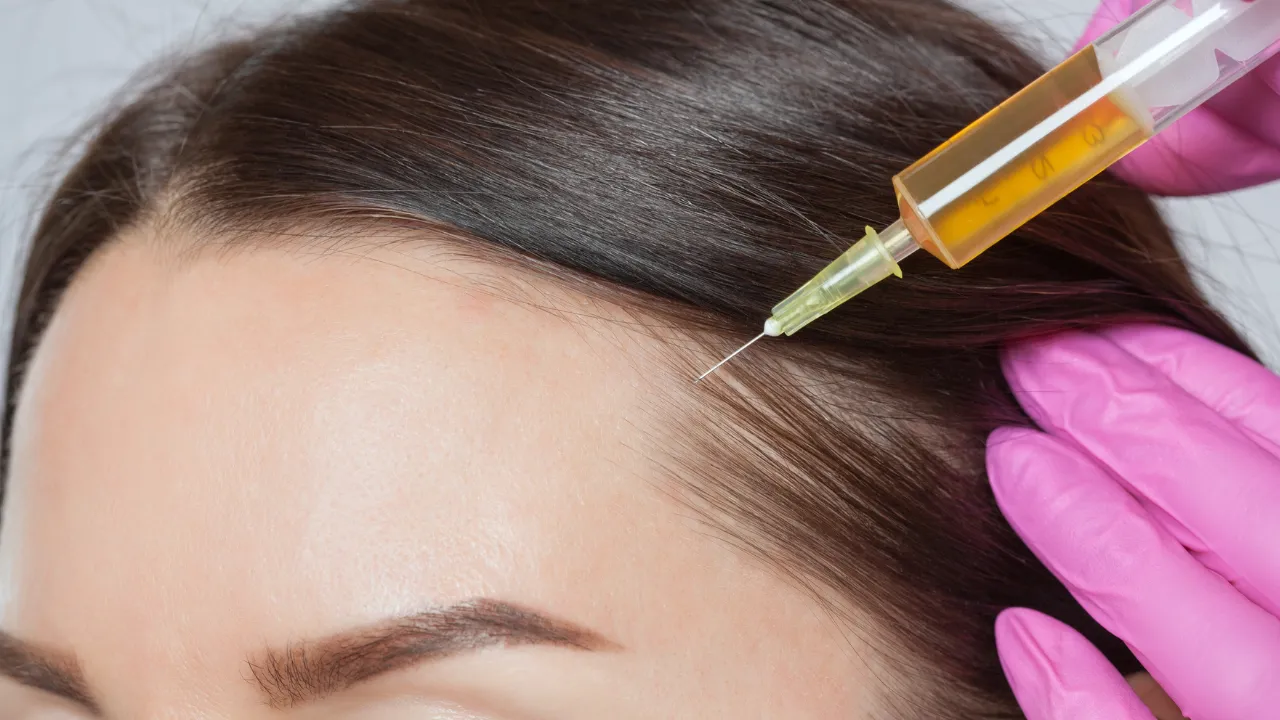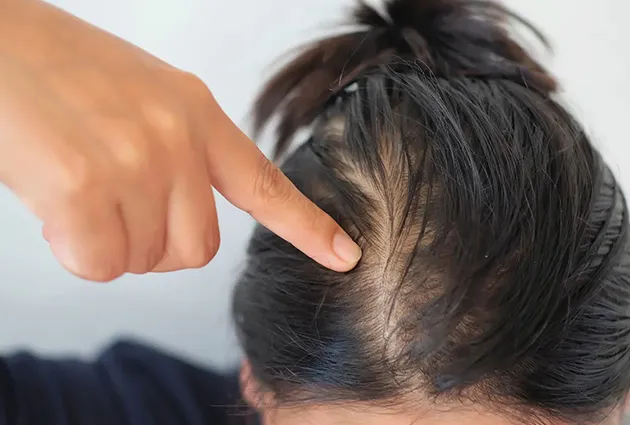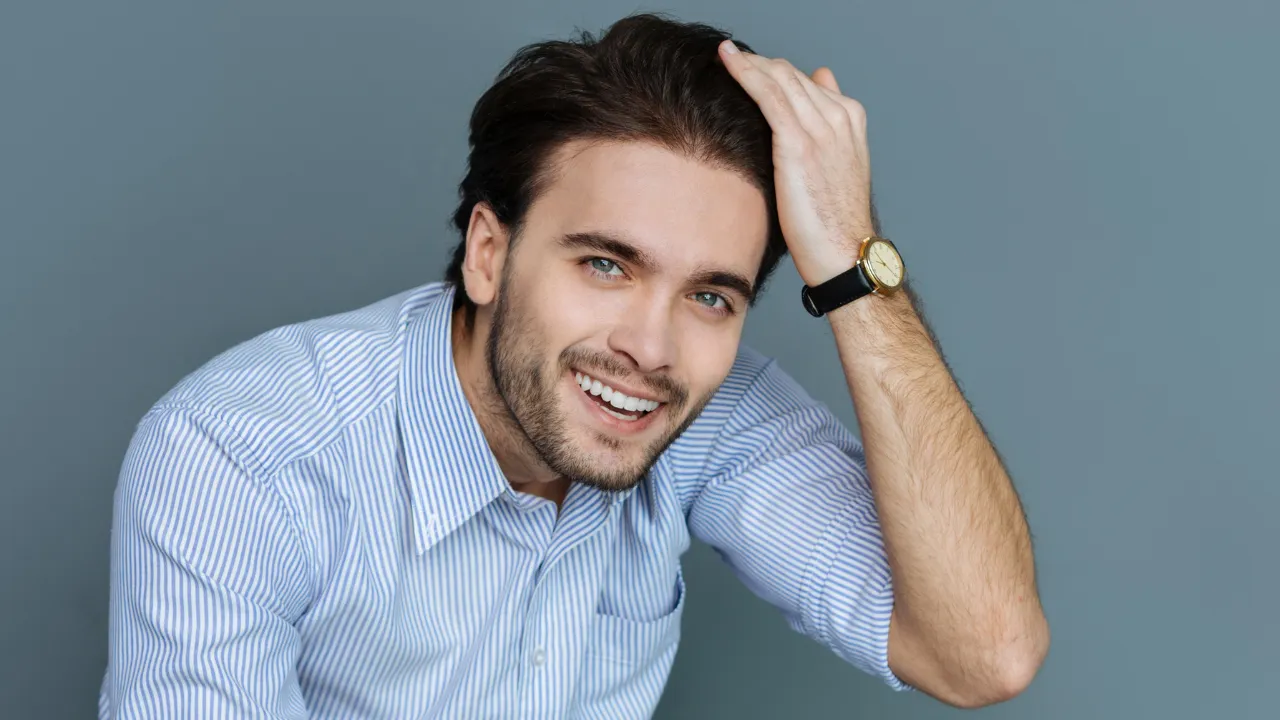Eyebrow thinning presents not just a cosmetic concern but often signifies underlying health issues. Addressing this requires a nuanced understanding of its causes—from autoimmune diseases and nutritional deficiencies to skin conditions, over-grooming, aging, and the effects of cancer treatments, if you’ve noticed that your eyebrow thinner look is becoming more permanent, you’re not alone. A tailored approach, emphasizing the right treatments and lifestyle adjustments, is crucial for effective management and regrowth.
Causes for Thinning Eyebrows
If you’ve noticed your eyebrows thinning more than usual or you’re wondering why are my eyebrows thinning, you’re not alone. Early signs include sparse hair growth, patchiness, and lighter eyebrow color.
Autoimmune Diseases and Thyroid Disorders: Autoimmune diseases like Alopecia Areata involve the immune system mistakenly targeting and attacking the hair follicles, leading to leading to autoimmune eyebrow loss. Thyroid disorders, whether hypothyroidism or hyperthyroidism, disrupt hormone levels, which can significantly affect hair growth and health. These conditions can cause the hair to thin, weaken, or fall out, impacting not just the scalp but also eyebrows, creating a noticeable change in appearance. Medical intervention is crucial for managing these underlying conditions.
Nutritional Deficiencies: The health of one’s hair is a reflection of their overall nutritional status. Deficiencies in key nutrients such as iron, zinc, and biotin can lead to hair thinning and loss, as these elements play critical roles in hair production and growth. Iron is essential for the production of hemoglobin, which carries oxygen to the hair follicles, fostering a healthy environment for hair growth. Zinc contributes to the repair and growth of hair tissue, while biotin, a B-vitamin, is involved in the production of keratin, the protein that makes up hair.
Skin Conditions such as Eczema and Psoriasis: Eczema and psoriasis are chronic skin conditions marked by inflammation that can extend to the eyebrow area, disrupting the natural hair growth cycle and causing hair loss. Eczema leads to itchy, inflamed skin, which may result in hair loss if the skin is scratched or damaged. Psoriasis causes cells to build up rapidly on the surface of the skin, forming scales and red patches that can be itchy or painful and may also affect hair follicles. Managing these conditions effectively requires tailored dermatological treatments that reduce inflammation and treat the symptoms.
Over-Grooming and Aging: Over-grooming the eyebrows through excessive plucking, waxing, or threading can cause trauma to the hair follicles, leading to hair loss or thinning over time. Aging naturally diminishes the body’s hair renewal capabilities, resulting in thinner, sparser hair growth. This combination of mechanical damage and the natural aging process can significantly impact eyebrow fullness.
Cancer Treatments: Chemotherapy and radiation, while crucial for cancer treatment, can lead to temporary hair loss, including thinning eyebrows, as these therapies target rapidly dividing cells. This type of hair loss is generally temporary, with hair growth resuming once treatment concludes. During this period, individuals may seek temporary cosmetic solutions, such as eyebrow pencils or semi-permanent makeup, to improve appearance and self-esteem.
Solutions to Regrow Your Eyebrows
There are several effective ways to restore fuller brows if you’ve noticed your eyebrow thinner than usual.
Topical Treatments:
- Minoxidil (5% Foam): My preference leans towards the 5% foam version of Minoxidil over liquid formulations, primarily due to its less irritating nature. The foam is easier to apply with precision, especially in sensitive areas like the eyebrows, using a cotton tip for direct application. This method ensures targeted application, reducing the risk of irritation and unwanted spread of the product to surrounding areas. Regular use, ideally once or twice daily, is crucial for sustained hair growth, with the understanding that discontinuation may reverse gains.
- Bimatoprost: Effective for more than just eyelashes, this solution can significantly enhance eyebrow density when applied daily. Its continued use is essential for maintaining results, necessitating a commitment to the treatment regimen.
- Capixyl and Redensyl: Both ingredients, known for their roles in reducing inflammation and stimulating hair growth, are valuable additions to the treatment arsenal. Applied according to product instructions, they support healthier hair follicles and improved hair density.
Treating Medical Causes:
Autoimmune Diseases and Thyroid Disorders: For conditions like Alopecia Areata and thyroid imbalances, collaboration with healthcare providers to devise a tailored treatment plan is crucial. Autoimmune hair loss may benefit from treatments such as corticosteroids to reduce inflammation or more advanced therapies like immunotherapy, which modulates the immune system’s response. Managing thyroid disorders involves hormone replacement therapy or medications to normalize thyroid function, indirectly fostering a healthier environment for hair growth, including the eyebrows.
Cancer Treatment Side Effects: The approach to managing hair loss from chemotherapy or radiation involves both patience and supportive care strategies. Hair typically begins to regrow after the completion of treatment.
Dietary Changes:
A balanced diet rich in proteins, vitamins, and minerals lays the foundation for robust hair growth, including the eyebrows. Essential nutrients like protein for keratin production, iron for hair cell protein synthesis, zinc for hair tissue growth, and vitamins A and C for sebum production play pivotal roles. Incorporating foods such as spinach, lentils, oysters, beef, carrots, sweet potatoes, and eggs can address common nutritional deficiencies linked to hair loss. Additionally, hydration and omega-3 fatty acids, found in fish and flaxseeds, support follicle strength and reduce inflammation.
When dietary adjustments alone cannot rectify deficiencies, targeted supplementation with biotin, vitamin D, iron, and zinc under medical guidance can offer a focused boost to hair health. It’s important to approach supplementation cautiously, as excessive intake of certain nutrients may have adverse effects. Strategic eating, enriched with a variety of nutrient-dense foods and adequate hydration, not only nurtures hair growth but also enhances overall well-being, underscoring the integral relationship between diet and hair health.
Cosmetic Solutions:
For individuals facing eyebrow thinning and seeking swift aesthetic enhancements, the beauty industry offers a range of solutions designed to immediately improve the appearance of eyebrows. Eyebrow pencils are a simple yet effective tool, allowing for precise application and the ability to mimic the natural look of eyebrow hairs with fine, hair-like strokes. These pencils come in an assortment of shades to match various hair colors, ensuring a natural and cohesive look. For a more lasting solution, eyebrow tattoos and microblading present semi-permanent options that eliminate the daily need for makeup application. Microblading, in particular, uses a manual blade to deposit pigment under the skin, creating the illusion of fuller, natural-looking eyebrows through fine, precise strokes that resemble individual hairs. This technique can dramatically transform sparse eyebrows, offering results that last for 1 to 3 years, depending on skin type and lifestyle factors. Eyebrow tattoos follow a similar concept but use a machine to implant pigment, often resulting in a more defined and less natural appearance than microblading. These cosmetic approaches not only enhance one’s appearance but also offer significant psychological benefits, boosting confidence and self-esteem during the period when long-term hair regrowth strategies are yet to show results. Opting for these methods provides an immediate solution to the aesthetic challenges posed by eyebrow thinning, allowing individuals to enjoy the look of fuller eyebrows while pursuing underlying treatment options.
Surgical Solution with an Eyebrow Transplant
An eyebrow transplant procedure is similar to a hair transplant that involves the transplantation of hair follicles from a donor area (usually the back of the scalp, where hair is more resistant to thinning) to the eyebrow area. Each follicle is meticulously placed to mimic the natural growth pattern of eyebrow hair, ensuring the results look as natural as possible. The transplanted hair adapts to its new location, growing continuously over time and requiring occasional trimming to maintain the desired eyebrow shape and length. Eyebrow transplants provide a significant cosmetic improvement, offering a durable solution for those seeking to recover from eyebrow hair loss due to over-plucking, genetics, or medical conditions. The procedure, while invasive and requiring a recovery period, has the advantage of yielding permanent results, eliminating the need for daily eyebrow makeup or semi-permanent tattooing techniques.
Take Aways
The journey to address eyebrow thinning is multifaceted, requiring a detailed understanding of its causes and a comprehensive approach to treatment. The preference for Minoxidil foam underscores the importance of choosing treatments not only for their efficacy but also for their user-friendly and low-irritation profiles. Whether tackling nutritional deficiencies, managing skin conditions, or navigating the effects of medical treatments, a combination of targeted solutions and lifestyle changes holds the key to restoring eyebrow fullness.
